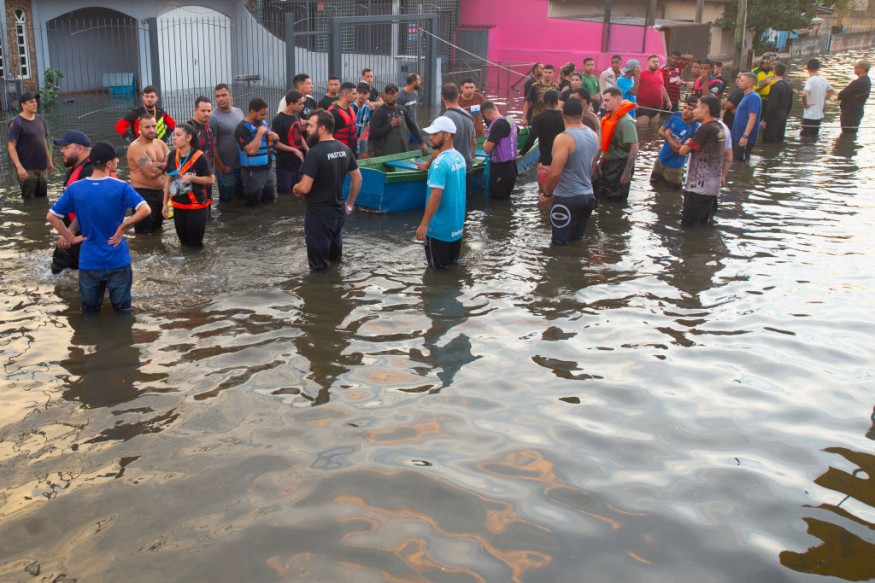Southern Brazil experienced deadly flooding, resulting in mudslides and flash floods, according to a report. The poor weather conditions resulted in 55 casualties, while over 70,000 were forced to evacuate.
Brazil is vulnerable to weather threats, from drought, flooding, hurricanes, and wildfires. Climate change is also a main contributor to the changing weather conditions in the region.
In a recent Nature World News (NWN) report, the country's savanna-like biome showed weakening resistance to climate change-driven drought and wildfires, impacting the human population and animal kingdoms.
Devastating Flooding in Brazil: Latest Reports

According to a weather report, Brazil experienced raging flooding, causing the latest death toll to reach 55. Some areas also suffered from mudslides. Flooding could be more dangerous for low-lying or flood-prone areas.
Due to the flooding rainfall, about 70,000 people were forced to evacuate, while 74 became injured. Emergency personnel were also deployed to help locate over 67 missing people.
However, immediate evacuations took work due to challenging situations, particularly in flooded areas. The flooding made it difficult for vehicles to navigate the affected areas, and access to flood waters was challenging.
In addition, significant disruption occurred due to the flooding and rainfall. Reports showed that Porto Alegre airports canceled flights due to the weather outlook. In the Rio de Grande do Sul, 300 municipalities were affected.
In a February Nature World News (NWN) report, the stormy conditions killed about 20 people in the region, while 270 homes were impacted, and 4,400 people were evacuated.
Keeping Safe From Flooding in Southern Brazil
Flooding can occur in low-lying or flood-prone areas in southern Brazil. Heavy rains can trigger flooding, leading to mudslides and flash floods.
Additionally, homeowners should keep updated with weather reports or the latest forecasts. When the weather brings flooding rain, it is best to stay home until the outlook improves.
Homeowners can store emergency supplies at homes, which they could bring to shelters or during evacuations.
Amazon Forest and Ecosystem Collapse
Amazon forests play a crucial role in biodiversity and ecosystems. However, the habitats have suffered from massive deforestation, global warming, wildfires, and climate change.
The research was published in Nature Journal. Researchers warned that the Amazon forest could lead to a large-scale ecosystem collapse by 2050 due to frequent drought and wildfires.
In addition, climate change could lead to a lack of annual rainfall, prolonging the drought concerns in the Amazon. The low water levels helped to reveal the ancient rock formations and carvings. But, the drought significantly affected the region's livelihood and economy.
As a result, urgent conservation efforts are crucial to mitigate the impacts of climate change on the Amazon forests.
For more similar stories, don't forget to follow Nature World News.
© 2025 NatureWorldNews.com All rights reserved. Do not reproduce without permission.





